The capital of France?
Welcome to Paris – more than just a city, it’s an odyssey in itself. The “City of Light,” the “City of Love,” and much, much more.
Let's get to the heart of a place that continues to capture the minds and spirits of people around the world.
Before you arrive, make sure to equip yourself with an iRoamly France travel eSIM to stay connected and share your adventures in real-time.
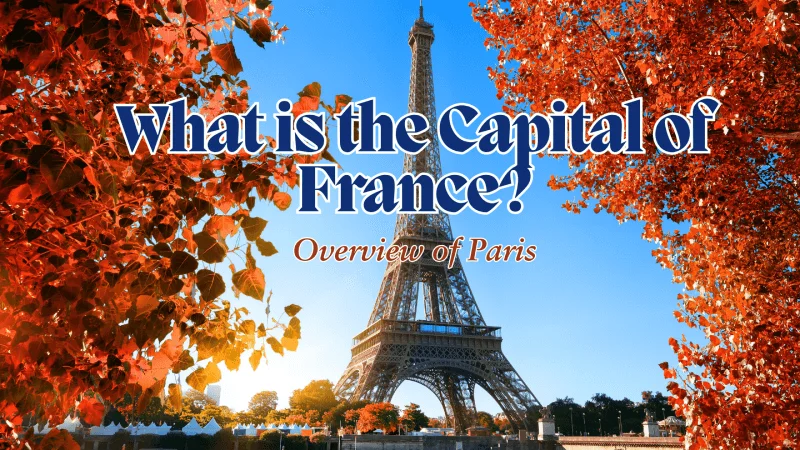
What Is the Capital of France?
Paris. The very name brings to mind tree-lined boulevards, grand monuments, sidewalk cafes, and so much more. Spread over an area of around 105 square kilometers and standing around 130 meters above sea level, Paris is simultaneously approachable and awe-inspiring.
Nicknames of Paris
Paris is affectionately known by several nicknames, each one shedding a different light on the myriad wonders it provides. Most famous is the “City of Light” (La Ville Lumiére), both in homage to its historical role as an enlightenment hub, and as one of the first cities to widely adopt street lighting.
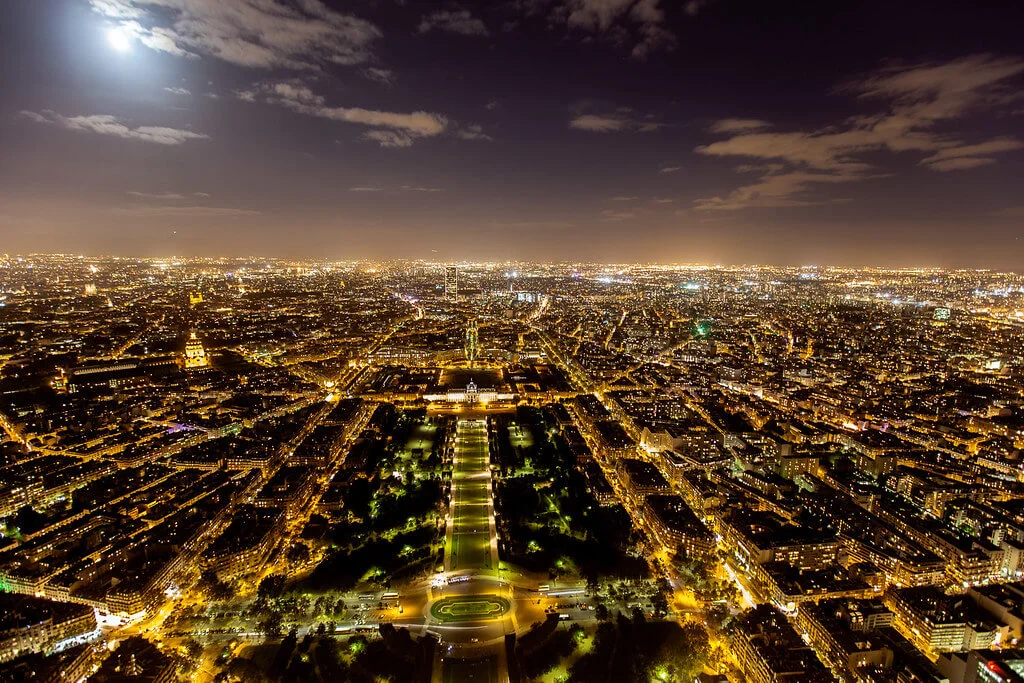
Another much-adored name is the “City of Love” (La Ville de l’amour), a tribute to the romantic atmosphere of its winding streets, tranquil gardens, and iconic kissing spots beneath the girders of the Eiffel Tower.
On the other hand, residents refer to it as “Paname,” a hint at the city’s cool, urban credentials. Each moniker tells its own story of Paris, and each one invites tourists and residents to explore its ever-changing character.
How did Paris become (and stay) the capital?
Paris first served as the capital in the late 3rd century, supplanting Trier as the capital of Roman Gaul under Emperor Julian. It has more or less held that position ever since, save for a few periods where power found a seat elsewhere. By the late 10th century, the French court was an itinerant one, and Paris wasn't always the desired residence.
That changed by the 12th century, when Paris became the political heart of the Capetian dynasty, who ruled the region and the kingdom from the city.
One interruption in Paris's role as capital came during the French Revolution, when fear of Parisian rebellion saw the revolutionary government declare the capital to be Versailles in 1789.
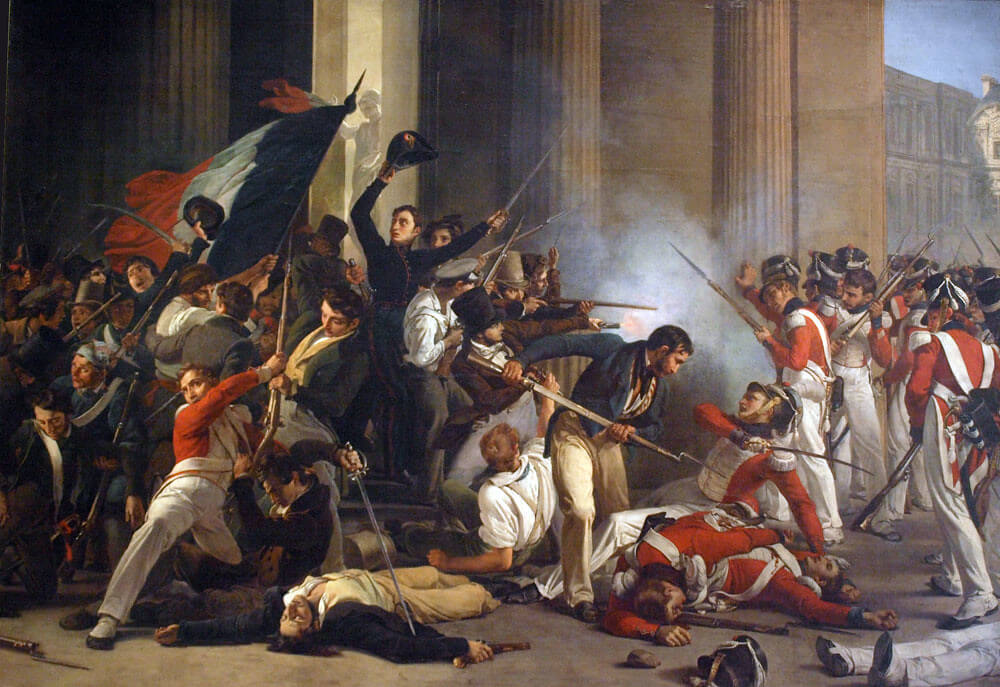
Its reign lasted less than two years, however, and the city swiftly resumed its role. In the centuries since, the city — for better or worse — has come to embody France itself, enduring fires, plagues, wars, and rebellions.
Population of Paris
As of January 2023, the estimated population of the city is 2,102,650, versus 2,165,423 twelve months prior, in January 2022. Over the past decade, from 2013 to 2023, Paris has shed around 122,919 inhabitants, dropping by approximately 5 percent.
Regardless of a slight population decline, Paris remains one of Europe's most densely populated locations, supporting around 252 residents per hectare, excluding green spaces like public parks.
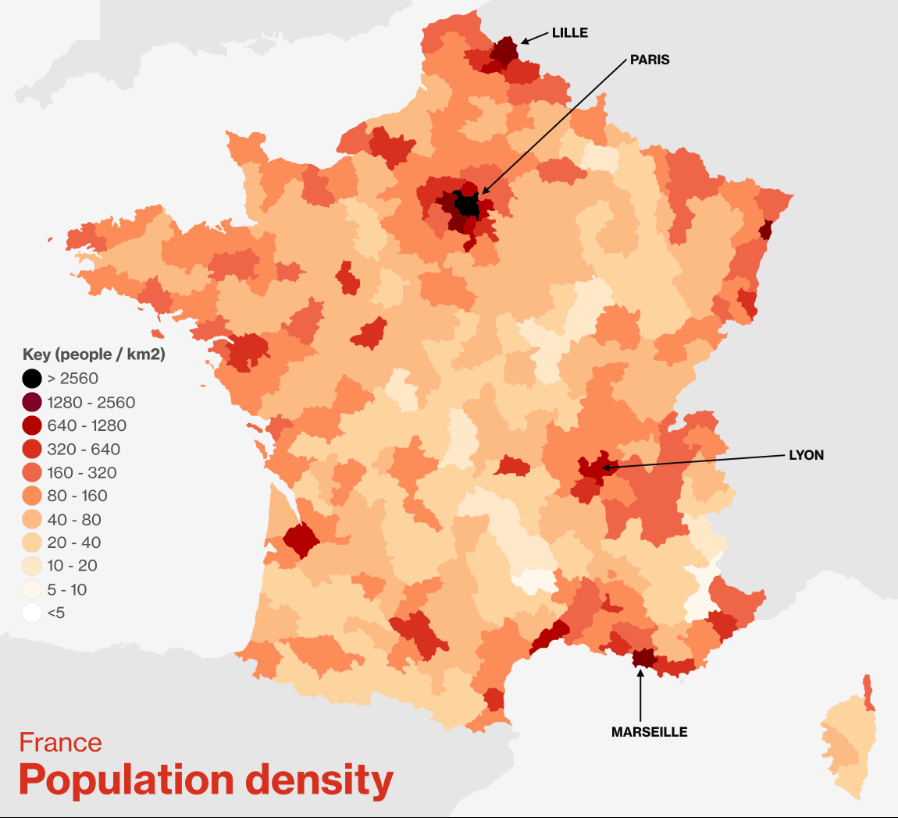
The decrease in population is believed to be partially due to falling birth rates, diminishing middle-class residency, and the possible conversion of residential housing into short-lease tourist rentals.
Paris also ranks as the fourth largest city by population in the European Union, following Berlin, Madrid, and Rome (which has a population, as of 2021, of approximately 2.8 million), cementing its status as a major international center.
Paris Weather
The climate of Paris is temperate oceanic, typical of Western Europe, with cool, damp winters and pleasant, warm summers.
The weather rarely veers into extremes, making it a generally versatile place to visit when it comes to temperature. Summer temperatures usually range from 15ºC to 25ºC, but have been known to climb above 32ºC, such as the catastrophic 2003 European heatwave.
The city's often most unpredictable but rewarding seasons are spring and autumn, offering crisp, often sunny days, and mild nights. Winters see more cloud cover, with daytime temperatures staying fresh but rarely cold, and overnight lows sitting above freezing.
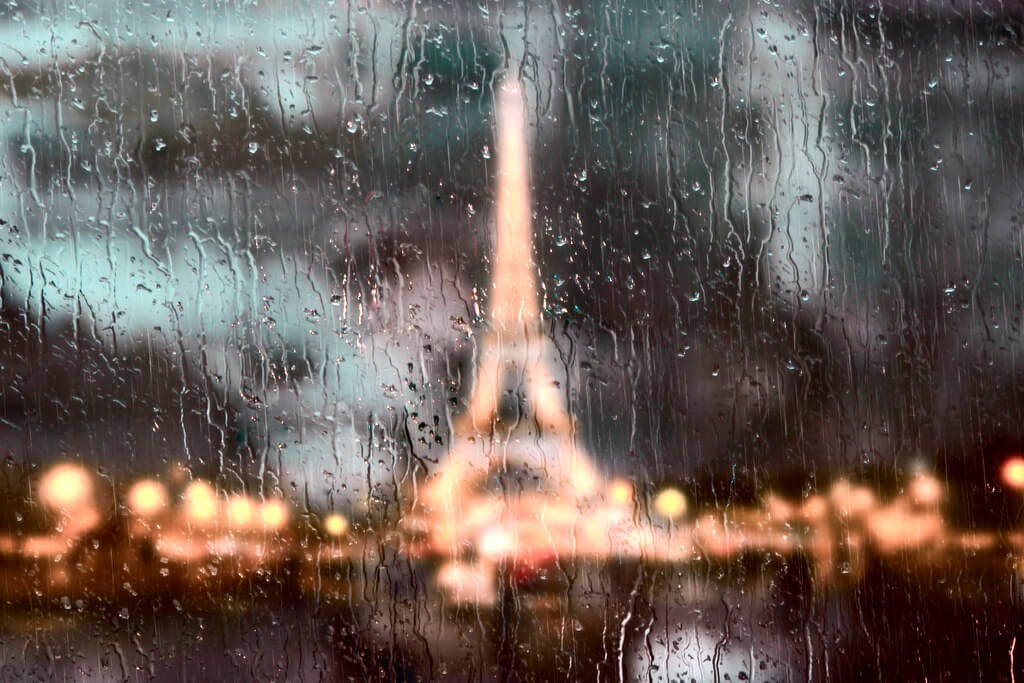
Rainfall is evenly spread throughout the year, providing sometimes sudden downpours and unexpected rainy days year round.
Best Times to Visit Paris
When to go largely varies on what you want to do; the city is magical whatever the season. If you're looking to accompany your sightseeing jaunts with the best possible weather, consider visiting during the shoulder seasons of spring (April to June) and autumn (September to November) where temperatures are mild and the city less crowded.
Even the colder winter and the hotter summer offer the allure of season specific experiences like cozy Christmases or boules on the Seine in July.
Paris Attractions: Top Places to Visit
Exploring Paris means traversing a landscape of iconic sights and cultural wonders. There's no shortage of incredible things to do in Paris—whether you want to climb ancient spires, visit world-famous museums, or just enjoy the local ambiance, Paris has something magical for all.

Unmissable points of interest include the Eiffel Tower, the city's towering show of engineering prowess, and the Louvre Museum, containing works such as the Mona Lisa and the Venus de Milo. Notre-Dame Cathedral is a Gothic masterpiece, while Montmartre's winding streets and the Basilica of Sacré-Cœur evoke Paris' history as an artist's haven. Sainte-Chapelle's radiant stained-glass windows are a must-see.
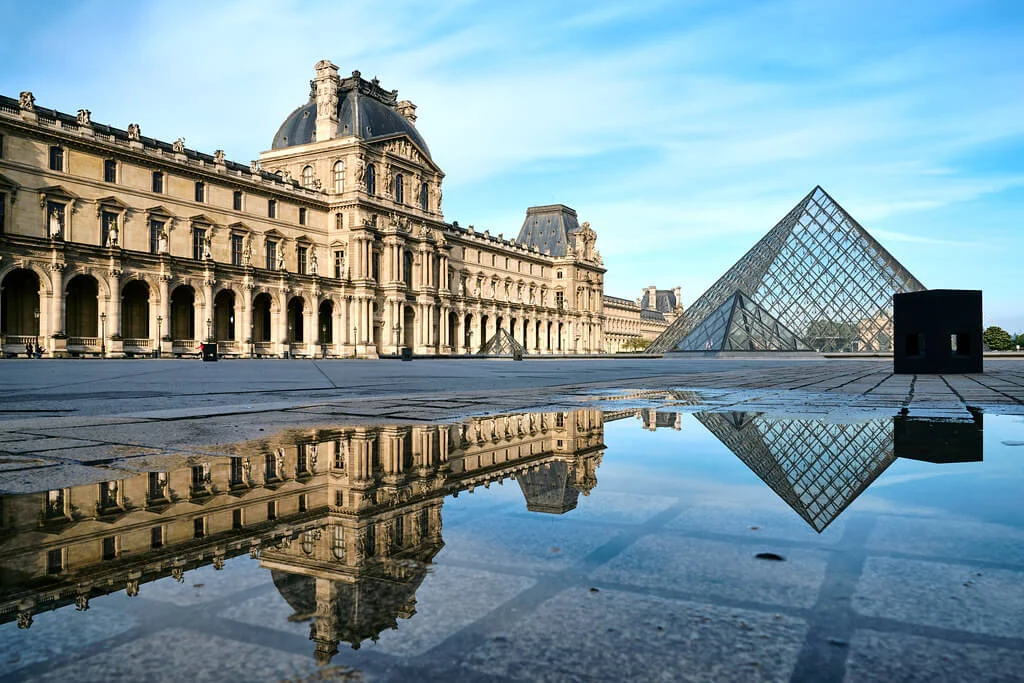
Each of these attractions not only adds substance to your travels, but an entry point to the rich history and culture of Paris itself.
Paris Food:
Paris, being the culinary capital of France, has a gastronomic scene second to none. Here are five essential meals to enjoy while you're in Paris, and each restaurant listed provides a quintessential taste of French cuisine.
Croissant
A flaky, buttery French pastry is the perfect start to the day.
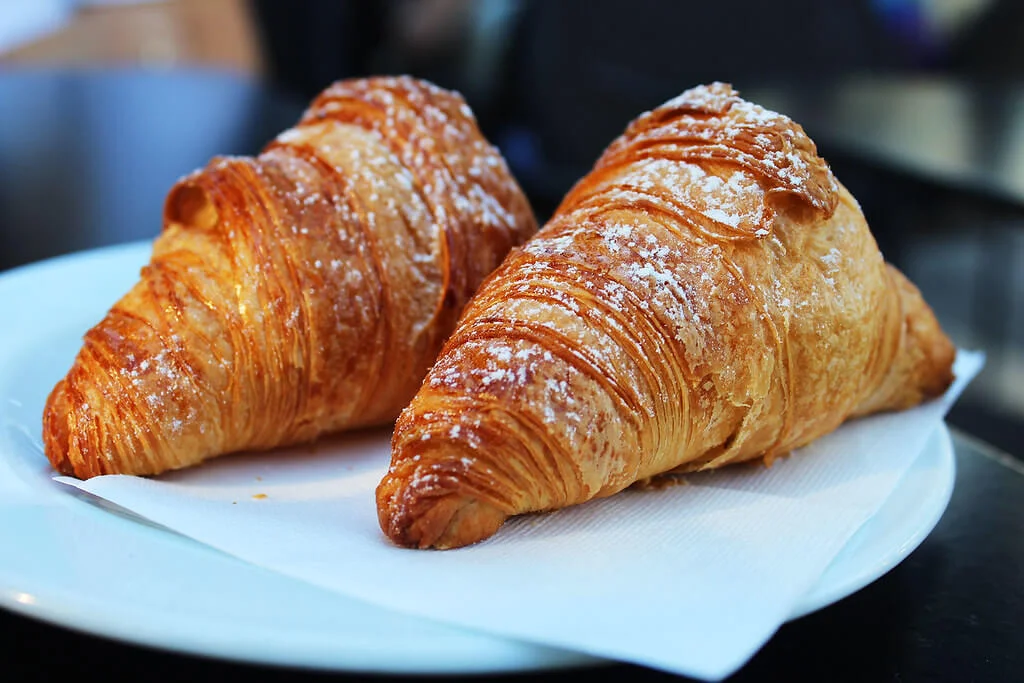
Best in: Boulangerie Poilâne (8 Rue du Cherche-Midi, 75006 Paris)
Coq au Vin
A slowly cooked chicken stew with wine, mushrooms, onions, and sometimes garlic.
Best in: Chez la Vieille (1 Rue Bailleul, 75001 Paris)
Ratatouille
This is a vegetable stew hailing from Nice comprising zucchini, aubergine, peppers, onions, and tomatoes, seasoned with herbes de Provence.
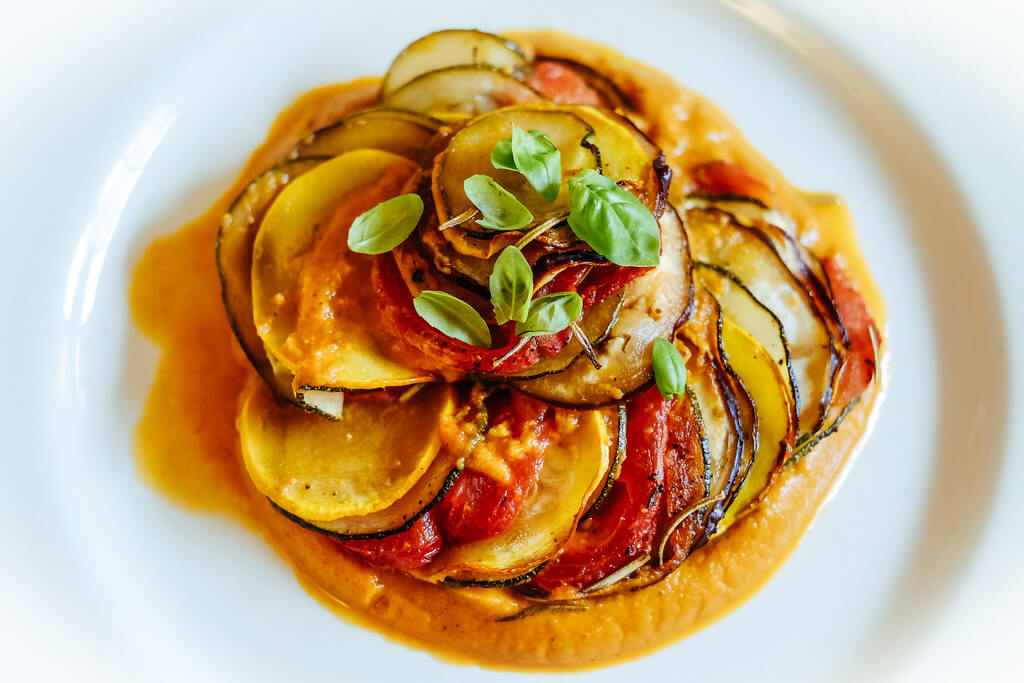
Best in: Les Papilles (30 Rue Gay-Lussac, 75005 Paris)
Bouillabaisse
A fish stew originating in Provence, rich in history as much as it is in flavor, typically served with rouille.
Best in: Le Petit Châtelet (39 Rue de la Bûcherie, 75005 Paris)
Macarons
Sweet, meringue-based treats, filled with ganache, buttercream, or jam.
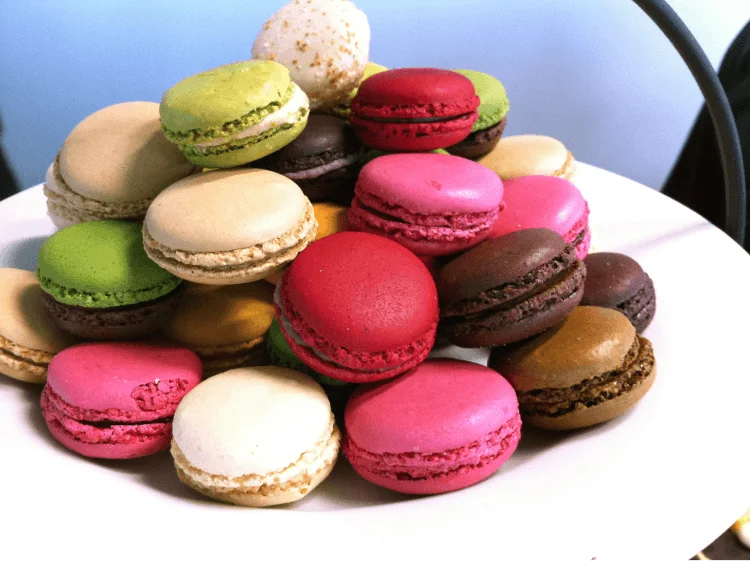
Best in: Ladurée (21 Rue Bonaparte, 75006 Paris)
Summary:
Paris, that most lively of French cities, offers something different for everyone in a city packed with a rich history from Lutetia up to its current status as a mecca for those seeking art, culture, and culinary delights.
Enjoy exploring the past, relishing the present, and marveling at the landscape and soul of Paris.
It's not just France's capital—it's a world unto itself, waiting to be explored for its every delight.
